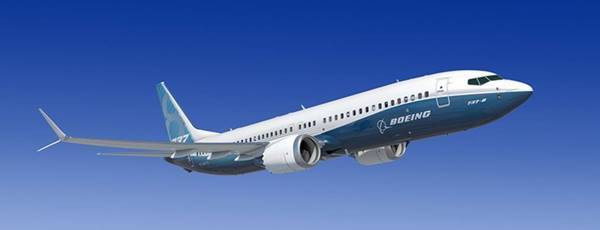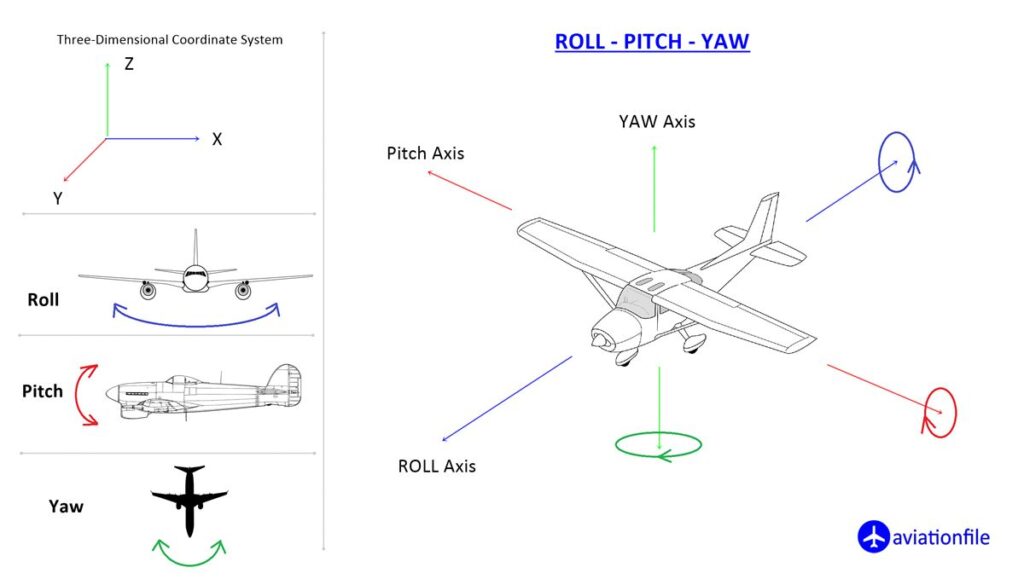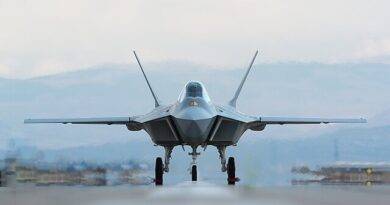Understanding Maneuvering Characteristics Augmentation System (MCAS): A Comprehensive Guide
The Maneuvering Characteristics Augmentation System (MCAS) is an integral component of modern aircraft that enhances stability and control during specific flight conditions. Developed by Boeing, MCAS has gained significant attention and scrutiny following the tragic crashes of the Boeing 737 MAX aircraft in 2018 and 2019. In this article, we will explore the key aspects of MCAS, its purpose, controversies, and its implications for aviation safety.
- What is MCAS?
- How Does MCAS Work?
- The Purpose of MCAS
- Controversies Surrounding MCAS
- Implications for Aviation Safety
- Conclusion
1. What is MCAS?
MCAS, or Maneuvering Characteristics Augmentation System, is an automated flight control system designed by Boeing to enhance the handling characteristics of the Boeing 737 MAX aircraft. It was specifically developed to counteract the tendency of the aircraft to pitch up under certain conditions.
2. How Does MCAS Work?
MCAS relies on data from the aircraft’s angle of attack (AOA) sensor to detect the pitch angle and adjust the horizontal stabilizer trim to maintain stability. If the AOA sensor indicates a high pitch angle, MCAS automatically activates and applies nose-down stabilizer trim, providing a smoother flying experience for the pilots and passengers.

3. The Purpose of MCAS
The primary purpose of MCAS is to improve the flight characteristics of the Boeing 737 MAX aircraft. By addressing the specific pitch characteristics that may arise in certain conditions, MCAS aims to enhance the overall safety and stability of the aircraft during flight.
4. Controversies Surrounding MCAS
MCAS has faced significant controversy due to its involvement in the two fatal crashes involving the Boeing 737 MAX aircraft. Investigations revealed that erroneous data from the AOA sensor triggered MCAS, causing the aircraft’s nose to pitch down unexpectedly. This led to a loss of control in both instances and ultimately resulted in the crashes. The controversies surrounding MCAS have raised concerns about aircraft certification processes and the role of automation in flight control systems.

5. Implications for Aviation Safety
The incidents involving MCAS have sparked a renewed focus on aviation safety. They have prompted regulatory authorities, aircraft manufacturers, and airlines to review and enhance their safety protocols and procedures. The aviation industry is now implementing stricter measures to ensure the accuracy of sensor data, improve pilot training, and enhance the redundancy and oversight of automated systems like MCAS.
6. Conclusion
The Maneuvering Characteristics Augmentation System (MCAS) was designed to enhance the flight characteristics of the Boeing 737 MAX aircraft. While intended to improve safety and control, MCAS has faced significant controversies due to its involvement in fatal crashes. The incidents have led to a reevaluation of aviation safety protocols, with a focus on sensor accuracy, pilot training, and the role of automation. As the aviation industry evolves, it is crucial to learn from these incidents and implement robust measures to ensure the highest level of safety in future aircraft designs.
References:
- Boeing. (n.d.). Maneuvering Characteristics Augmentation System (MCAS).
- National Transportation Safety Board (NTSB). (2020). Aircraft Accident Report – The Boeing Company, Boeing 737-8 (MAX), ET-AVJ, Addis Ababa, Ethiopia, March 10, 2019.
- Federal Aviation Administration (FAA). (2020). FAA Response to the Boeing 737 MAX Review.
- European Union Aviation Safety Agency (EASA).


